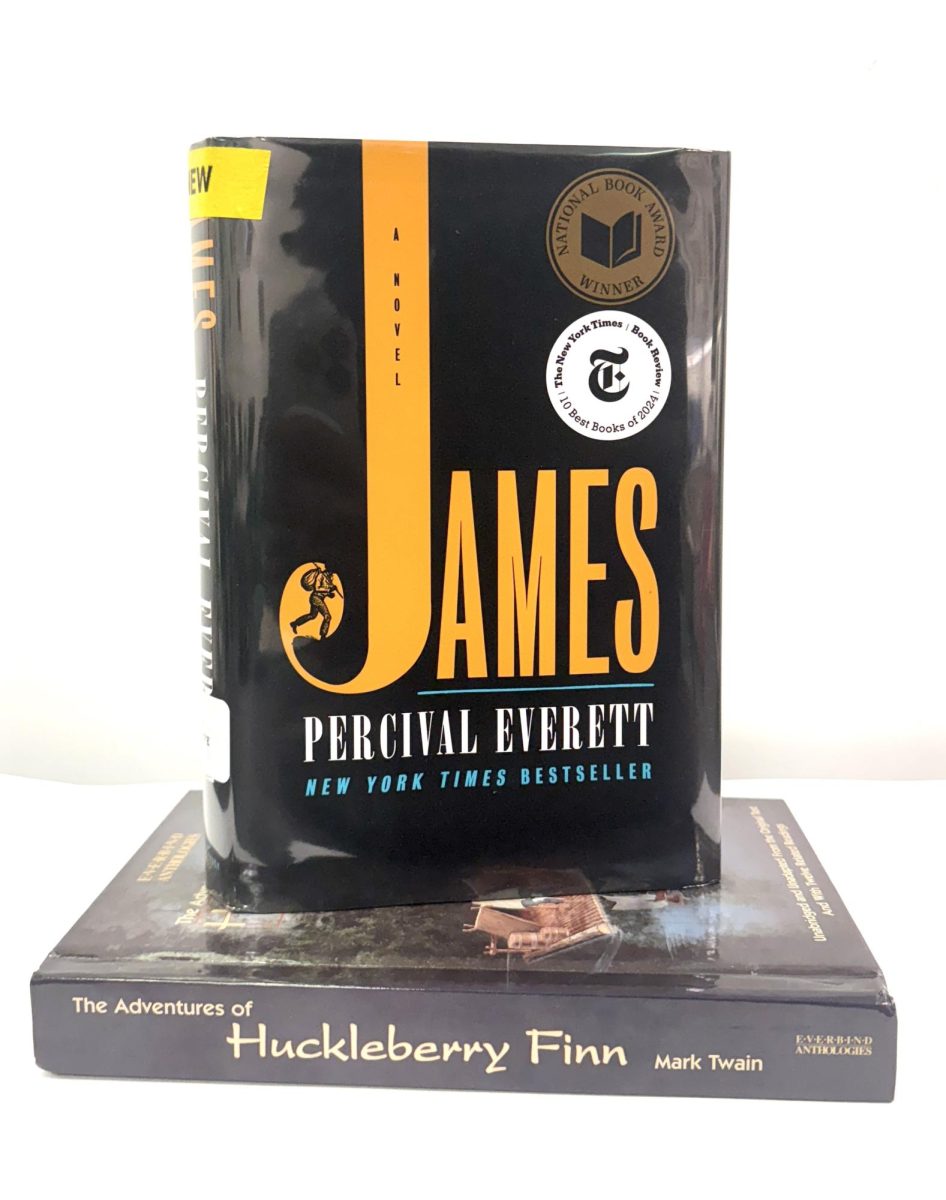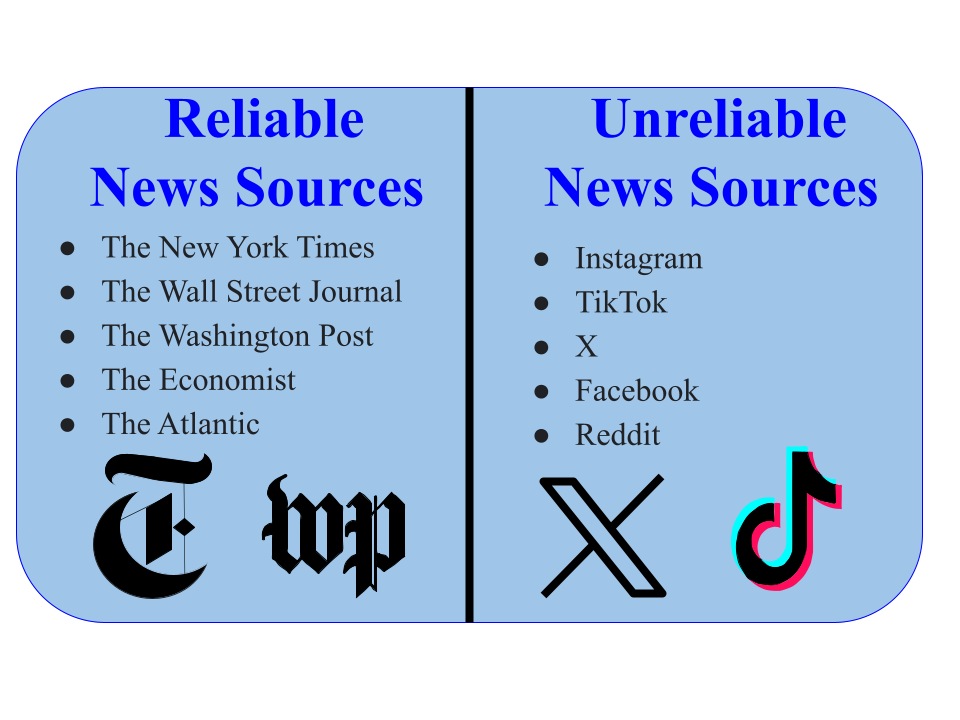Walking into a high school American literature classroom, you will undoubtedly find next to copies of F. Scott Fitzgerald’s “The Great Gatsby” and Nathaniel Hawthorne’s “The Scarlet Letter,” Mark Twain’s 1884 controversial classic “The Adventures of Huckleberry Finn.” Twain’s novel is about the eponymous Huck, who helps an enslaved person, Jim, escape in the antebellum South.
Since the publication of Twain’s novel, readers and writers have celebrated Twain’s ability to capture on the page Huck’s spoken language, the language, with phonetic renderings of the twang of English, of an illiterate fourteen-year old from Missouri.
But the novel remains one of the most contentious books in American literature. According to PBS’s website Flashpoints, since the 50s, “African Americans and others [were], appalled by the novel’s portrayal of the slave Jim.”
Twain portrayed Jim as “stereotypic—superstitious, simple-minded, and not subject to second-order thinking that might make him a more interesting character,” said writer Percival Everett in an article by Daniel White, published on the University of California Santa Cruz website.
Everett took up the project of writing a counterstory to Twain’s depiction of Jim in his novel “James.” The book received critical acclaim and became one of the few in literary history to win both major literary prizes in the United States: The National Book Award and The Pulitzer Prize for Fiction.
In Everett’s work, Jim is “James.” The novel tells the story of how James escapes from enslavement while also showing his complex humanity that is missing in Twain’s “stereotypic” depiction.
Consider this moment in chapter 6 when James is bitten by a snake and has feverish dreams. In his dream, he has a conversation with Voltaire, an Enlightenment philosopher, about freedom and his own humanness. This happens while James also confronts Voltaire about the paradox inherent in the Enlightenment ideas that all men are created equal with natural inalienable rights but which also allows the existence of the system of slavery. James brings up French philosopher Raynal as another Enlightenment philosopher who shares this paradox in his conversation with Voltaire.
Huck wakes James from his dream and asks, “‘Who is Raynal?’” James responds, “‘He be a slave I knowed from way back.’” Huck then asks, “‘What does hierarchy mean?’”, referring to a word James spoke out loud in his dreams, and James replies, “‘Ain’t no such word.’”
Everett preserves James’ way of speaking to Huck as presented in Twain’s novel, as a way to hide that he’s a critical thinker, literate, and so well read that in his dreams he’s in conversation with Voltaire. The reason Everett chooses this crafting is because James’ liberated thinking is dangerous to the bedrock on which slavery is made possible. Anti-literacy laws, such as an 1847 Missouri act that made it illegal for the enslaved to be taught how to read or write, created a social structure that made it easier to keep Black people in bondage. While Twain crafts Jim to heighten the stakes of Huck’s adventures, Everett crafts James to bring the power of reading and language to the forefront of his narrative.
Everett said in an interview with Stephanie Batiste, associate professor at University of California Santa Barbra, that an idea he adheres to is that “the most subversive thing we can do is read,” and he goes on to explain, “the mere fact that no one knows what’s going into us when we attend to a text.”
“James” has a natural place in the classroom to not only to provide a correction to the misrepresentation in a classic, but also to help this generation of students enter conversations that people need to have in our multiethnic modern world.
Such reasons are why “James” became the common summer reading assignment for in-coming students at such schools as Duke University and University of Wisconsin-Madison. The novel
is also recommended by English department faculty at the University of Pennsylvania, The College of New Jersey, Fordham University, as well as other colleges.
Everett succeeds in adapting “The Adventures of Huckleberry Finn” to a contemporary audience. His novel “James” may well be a new modern American classic.







